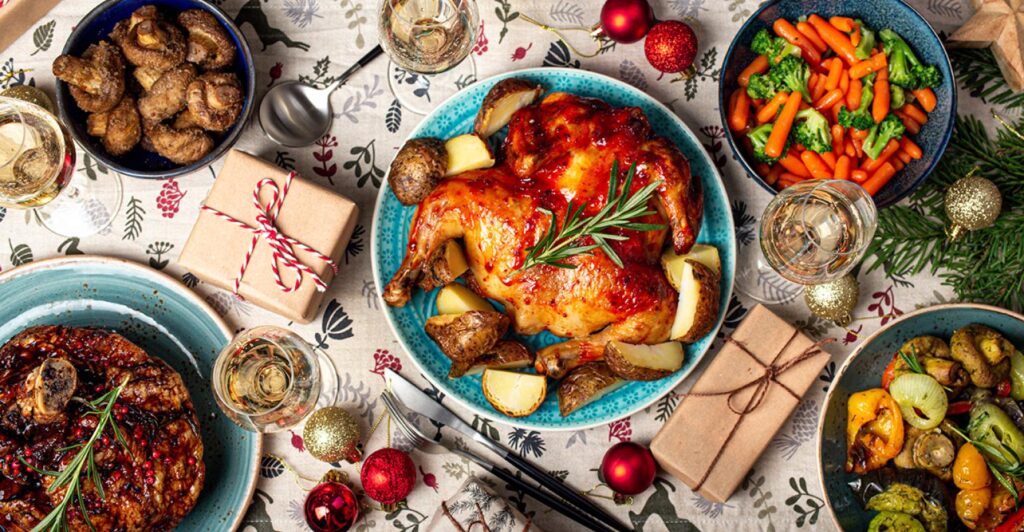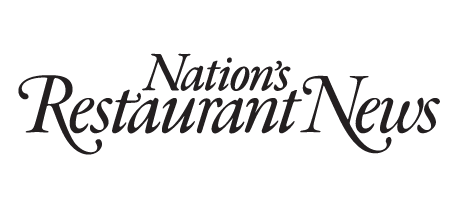Why catering can drive growth from holiday feasts to everyday celebrations
Now is the time to ride the wave of seasonal catering demand.
10 December 2024
Share this exclusive content from Saladplate

Photo Credit: Getty Images/iStockphoto
With the winter holiday season already underway, catering gives restaurants a golden opportunity to expand their customer base and increase revenue. Office parties, family get-togethers, and holiday soirées allow restaurants to serve guests outside their typical dine-in experience. For both independent operators and regional chains, now is the time to ride the wave of seasonal catering demand.
Many operators recognize this potential. According to Toast’s 2024 Voice of the Restaurant Industry Survey, nearly half (48%) of restaurant decision-makers plan to prioritize catering over the next 12 months. Catering is more than a seasonal trend; it’s a meaningful way for restaurants to connect with their communities and bring convenience and favorite dishes to personal gatherings. Your restaurant can become a yearly tradition for families and companies alike.
Beyond the holidays and into 2025, catering can help restaurants minimize slower days, serving everything from corporate events to weddings to retirement parties and beyond. By embracing the demand for catered events, restaurants have the opportunity not only to drive year-end revenue but also to introduce their business to a large number of new guests who may become repeat visitors.
Season’s greetings — even when the dining room isn’t full
The next few weeks can be especially lucrative for restaurant operators. Toast’s Q4 2023 Restaurant Trends Report showed that catering orders picked up the week before Thanksgiving in Q4 2023 and continued throughout the holiday season, building through the first three weeks of December.
Interestingly, our data suggests that, as a general matter, weekend catering orders tend to slow down this time of year, with Saturdays about 36% below the weekly average and Sundays at 53% below the weekly average. Midweek, especially Tuesdays (+25%) and Wednesdays (+26%), were the busiest for catering orders, offering restaurants a new way to make use of resources during typically quieter periods. By focusing on weekday catering, operators can meet demand efficiently without overloading their on-premises operations.
Bringing bakeries a sweet spot
Bakery items and desserts are particularly in demand for catering orders on the Toast platform, making up 32% of orders in Q4 2023, according to Toast data.
For independent bakeries and regional chains alike, catering provides an opportunity to reach new customers, and your cookies, or cakes, or pies can become a must-have dessert for years to come.
Boosting efficiency and cutting waste
One of the often-overlooked benefits of catering is its capacity to streamline restaurant operations by providing standardized packages and portion sizes. By doing this, restaurants can use available kitchen capacity and avoid food waste. With the right packages, operators can predict surplus needs and plan ahead for ingredient purchasing and staffing, reducing the strain of last-minute orders.
Digital tools help automate repetitive tasks like creating contracts, scheduling, and processing payments. For example, menu integration features allow operators to link their catering options to other services, helping teams locate sales data. This efficiency is especially valuable during the holiday season when staffing can be challenging, and when having staff available to support other areas can make a big impact.
Discovering what customers want
Catering offers restaurants a unique view into their customers’ preferences for group gatherings. Through analyzing orders across dine-in, takeout, and catering channels, restaurants can gain insights that inform purchasing, menu development, and marketing.
For instance, if a Mexican restaurant sees consistent demand for plant-based dishes in catering, it can adjust future ingredient orders and refine its regular menu to better meet this demand.
This approach helps restaurants accurately forecast, reduce waste, and provide a more targeted dining experience. Catering also serves as a testing ground for new menu items — dishes that gain popularity in a catered setting might later earn a spot on the main menu.
Nurturing connections and the bottom line
Catering is a straightforward way for restaurants to increase revenue, improve operations, and understand customers’ needs. According to a Market Research report, catering is expected to see a 6.2% compound annual growth rate, reaching $124 billion by 2032. So, as demand for catering grows, restaurants that prioritize it can potentially gain not only seasonal revenue but a loyal customer base for future events.
With digital tools and a focus on efficiency, catering can transform into a year-round moneymaker that strengthens a restaurant’s bottom line and community connection. When families and companies need to order catering, your restaurant can be the first that comes to mind.
To help better understand the restaurant industry, Toast conducted a blind survey of 755 restaurant decision-makers operating 16 or fewer locations in the United States, including both Toast and non-Toast customers from May 17, 2024, to June 2, 2024. Respondents included a mix of both full-service and quick-service restaurants. Respondents were not made aware that Toast was fielding the study. Panel providers granted incentives to restaurant respondents for participation. Using a standard margin of error calculation, at a confidence interval of 95%, the margin of error on average is +/- 4%.
For the Restaurant Trends Report, Toast analyzed catering transactions from a cohort of restaurants on the Toast Catering & Events platform in Q4 2022 and Q4 2023. Toast used a cohort of same-store customers on the platform since Q3 2022.

Source: Nation’s Restaurant News



